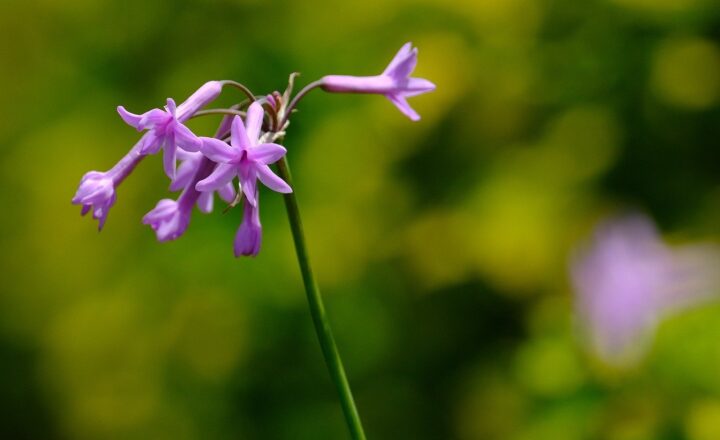
Culture is an essential aspect of humanity that shapes our identities, beliefs, and behaviours. Across the globe, different societies hold unique traditions that reflect their histories, environments, and values. Understanding these cultural practices not only broadens our horizons but also deepens our appreciation of the diversity in human experiences.
In this article, we explore ten fascinating cultural traditions from various parts of the world. Each tradition tells a story, revealing the richness of human expression.
1. Diwali – The Festival of Lights (India)
Diwali, celebrated by millions across India and worldwide, symbolizes the victory of light over darkness and good over evil. Taking place typically in October or November, it involves lighting oil lamps, exchanging sweets, and decorating homes with vibrant rangoli patterns. The festival also includes fireworks, prayers, and family gatherings.
The significance of Diwali varies by region, with some celebrating it as the return of Lord Rama from exile, while others associate it with the goddess Lakshmi, who symbolizes wealth and prosperity. This celebration creates a sense of community and shared joy among participants.
2. Hanami – Cherry Blossom Viewing (Japan)
In Japan, the ancient practice of Hanami involves admiring cherry blossoms in full bloom, typically occurring from late March to early April. Families and friends gather in parks for picnics beneath the blooming trees, creating a picturesque atmosphere.
This tradition has been celebrated for centuries, symbolizing the transient nature of life due to the short-lived blooms. Hanami encourages people to appreciate the present moment and the beauty of nature, fostering a strong connection with the environment.
3. La Tomatina – Tomato Fight (Spain)
La Tomatina takes place in the town of Buñol, Spain, on the last Wednesday in August. Participants engage in a massive tomato fight, where overripe tomatoes are thrown at one another, covering the town in a vibrant red hue.
The origin of this quirky event dates back to 1945, stemming from a local festival. La Tomatina has grown into a globally recognized festival, attracting thousands of visitors each year who come for the sheer joy and hilarity of the event.
4. Carnival – Colorful Extravaganza (Brazil)
Carnival in Brazil is an exhilarating celebration leading up to Lent. Known for its spectacular parades, samba music, and elaborate costumes, Carnival captures the essence of Brazilian culture. Cities like Rio de Janeiro and Salvador become vibrant playgrounds for both locals and tourists.
The festivities include street parties, blocos (community-led gatherings), and live music performances, igniting merriment and dance. While Carnival is a festive prelude to Lent, it also showcases Brazil’s diversity and artistic heritage, offering a unique insight into its culture.
5. Day of the Dead – Celebration of Life (Mexico)
El Día de los Muertos, or the Day of the Dead, is a Mexican tradition that honors deceased loved ones. Celebrated on November 1st and 2nd, families create altars adorned with photographs, marigold flowers, candles, and traditional foods to welcome the spirits of the dead back to the living world.
Combining indigenous beliefs with Catholicism, this celebration is a vibrant reminder of the cyclical nature of life and death. It fosters remembrance and demonstrates love, showing that the deceased remain a vital part of family gatherings.
6. Midsummer – Summer Solstice Celebration (Sweden)
Midsummer in Sweden is celebrated on the weekend closest to June 24th. It marks the longest day of the year and the arrival of summer. Swedes come together to erect maypoles, dance, sing, and enjoy traditional foods like herring and new potatoes.
The celebration embodies joy, optimism, and connection to nature. With flower crowns, joyous music, and outdoor activities, Midsummer encapsulates the spirit of summer and community bonding, reflecting the cultural significance of the season.
7. Blessing of the Animals – A Spiritual Tradition (Assisi, Italy)
Each year, on October 4th, the city of Assisi hosts the Blessing of the Animals to honor Saint Francis of Assisi. This tradition involves animal owners bringing their pets to receive blessings from a priest, reflecting the deep bond between humans and animals.
This event showcases a unique intersection of spirituality, reverence for nature, and compassion for all living beings. It highlights the importance of caring for animals and the environment, profoundly influencing the local culture.
8. Songkran – Thai New Year Water Festival (Thailand)
Songkran marks the traditional Thai New Year, celebrated from April 13th to 15th. The festival is best known for its water fights, where participants splash water on each other as a sign of cleansing and renewal.
Originally, water was gently poured over Buddha statues and the hands of elders as a gesture of respect. Today, it has evolved into a nationwide celebration filled with fun and joy, fostering community spirit and unity.
9. Hajj – The Pilgrimage to Mecca (Saudi Arabia)
The Hajj is one of the Five Pillars of Islam and involves a religious pilgrimage to the holy city of Mecca. Taking place annually during the Islamic month of Dhu al-Hijjah, millions of Muslims from around the world gather to perform various rituals, including walking around the Kaaba and standing at Arafat.
The Hajj symbolizes unity, equality, and devotion among Muslims, creating a powerful shared experience. It emphasizes values of compassion, community, and spirituality, fostering a sense of belonging among participants.
10. Thanksgiving – A Feast of Gratitude (United States)
Thanksgiving is celebrated on the fourth Thursday of November in the United States. Rooted in harvest festivals, it involves gathering with family and friends to share a feast, typically including turkey, stuffing, and various side dishes.
Thanksgiving is renowned for its emphasis on gratitude and reflection. Families often take turns expressing what they are thankful for, creating bonds and fostering a culture of appreciation. With parades and football games accompanying the holiday, Thanksgiving encapsulates the spirit of togetherness.
Conclusion
Cultural traditions are vital in shaping identities and fostering connections. From celebrations of life to quirky festivities, these practices reveal the richness of the human experience. Embracing these traditions promotes understanding and respect for different ways of life, enriching our global community.
As we explore and celebrate cultural diversity, we can appreciate our shared humanity and build bridges across borders, fostering a world filled with love, compassion, and understanding.







